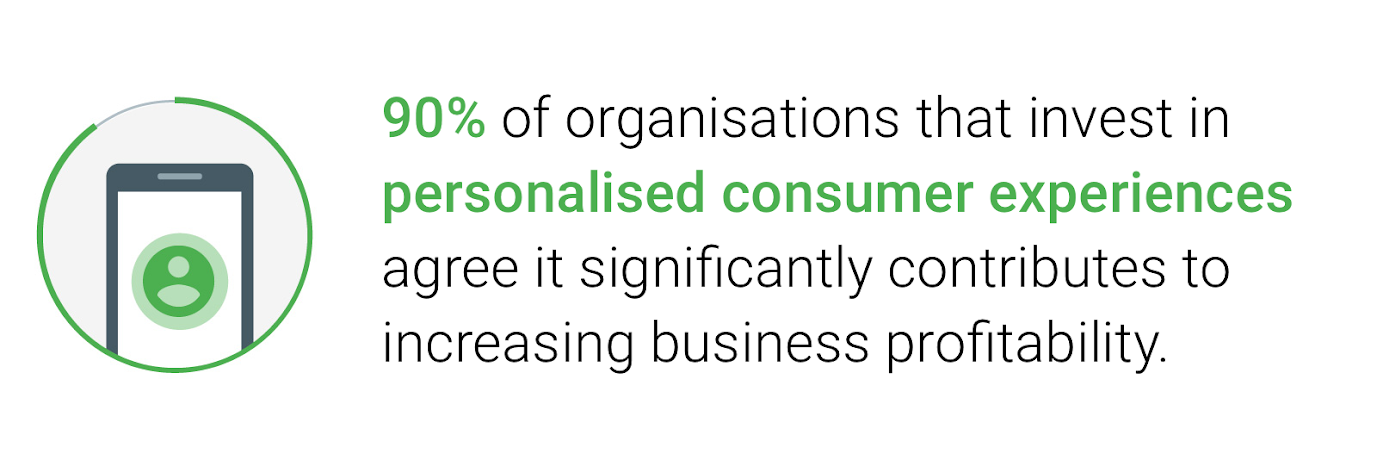The stakes on mobile are higher than ever before, says Matt Bush, Agency Director of Google UK. Here are three ways to effectively evaluate your brand’s mobile experience.
Over forty percent of people say they want to complete their entire shopping journey on mobile—from research to purchase.1 I know what you’re thinking, “But mobile conversions are still lower than desktop.” That’s not because people don’t want to shop on mobile. And it’s not because of the smaller screen size. It’s because the experience is sub par. Slow load times, long-form fields, and poor UX are leaving people frustrated.
People are demanding better experiences on mobile. They want to complete a transaction without any friction and that means brands that want to remain competitive need to make mobile experiences a priority.
Here are three things to consider when evaluating your brand’s mobile user experience.
1. Each second
Expectations for faster mobile experiences are on the rise—and brands are taking note. I see marketers investing in beautiful, data-driven marketing campaigns, but they’re falling short because people can’t find what they want fast enough.
In fact, the average mobile web page takes 15.3 seconds to load.2 While fifty-three percent of people will abandon a mobile site if it takes more than three seconds to load.3
With technology enabling faster experiences, people are just not willing to wait longer than a few seconds for a site to load. They’re shifting from, “Who does it best?” to “Who does it best now?

Often when I talk about site speed, I hear senior executives calling it a developer problem—something that “someone else” should be worrying about. But speed can materially impact your business. In retail, we’ve found that a one second delay in page load times can impact conversions by up to 20%.4 As marketers, we spend a lot of time optimising our ads and the pre-site experience, but then we lose out on mobile conversions because our site loads slowly.

The time has come to be meticulous about shaving seconds off of mobile experiences. Check out the mobile Speed Scorecard to see how your mobile site stacks up against others in your industry.
2. Each step
People expect a consistent and seamless experience across every interaction they have with a brand. They don’t see your desktop site, your mobile site, your apps, or your store separately. There is “no line” between offline and online. It’s a non-line world.
Domino’s is a great example of a brand that took a hard look at each step of its ordering process and found plenty of room for improvement. Five years ago, it took more than 25 steps to place an online order with Domino’s. Today, it takes five or less. People can use the mobile site or app, turn to their Google Home assistant, or even send a pizza emoji via social media. There are now more than 15 ways to order a Domino’s pizza without any human contact.
Domino’s focus on each step has paid off. More than 60% of its orders are now made online, with more than half coming through mobile.
3. Each user
People expect brands to provide them with relevant experiences. But I often hear from brands that they don’t invest in personalised experiences, because they can’t quantify the business impact.
If you’ve been waiting for proof, here it is. Ninety percent of organisations that invest in personalised consumers experiences agree it significantly contributes to increasing business profitability. personalisation isn’t a feature, it’s a strategy—one that is business critical.

At Hyundai, a thoughtful search strategy helps the brand focus on relevant experiences for each user. If a shopper is at an early stage in the car-shopping process, they land on a page that compares models, including key features such as list price, interiors, and built-in technologies. If a shopper is interested in a specific make and model, Hyundai directs them to a list of nearby dealerships. This intent-driven personalisation approach has driven more car buyers into Hyundai’s dealerships.
Each second, each step, each user—those are the key considerations for brand’s looking to create mobile ecosystems that will resonate with today’s consumers. This is the golden age of user experience. Anything less than an instant and effortless experience simply won’t cut it.







